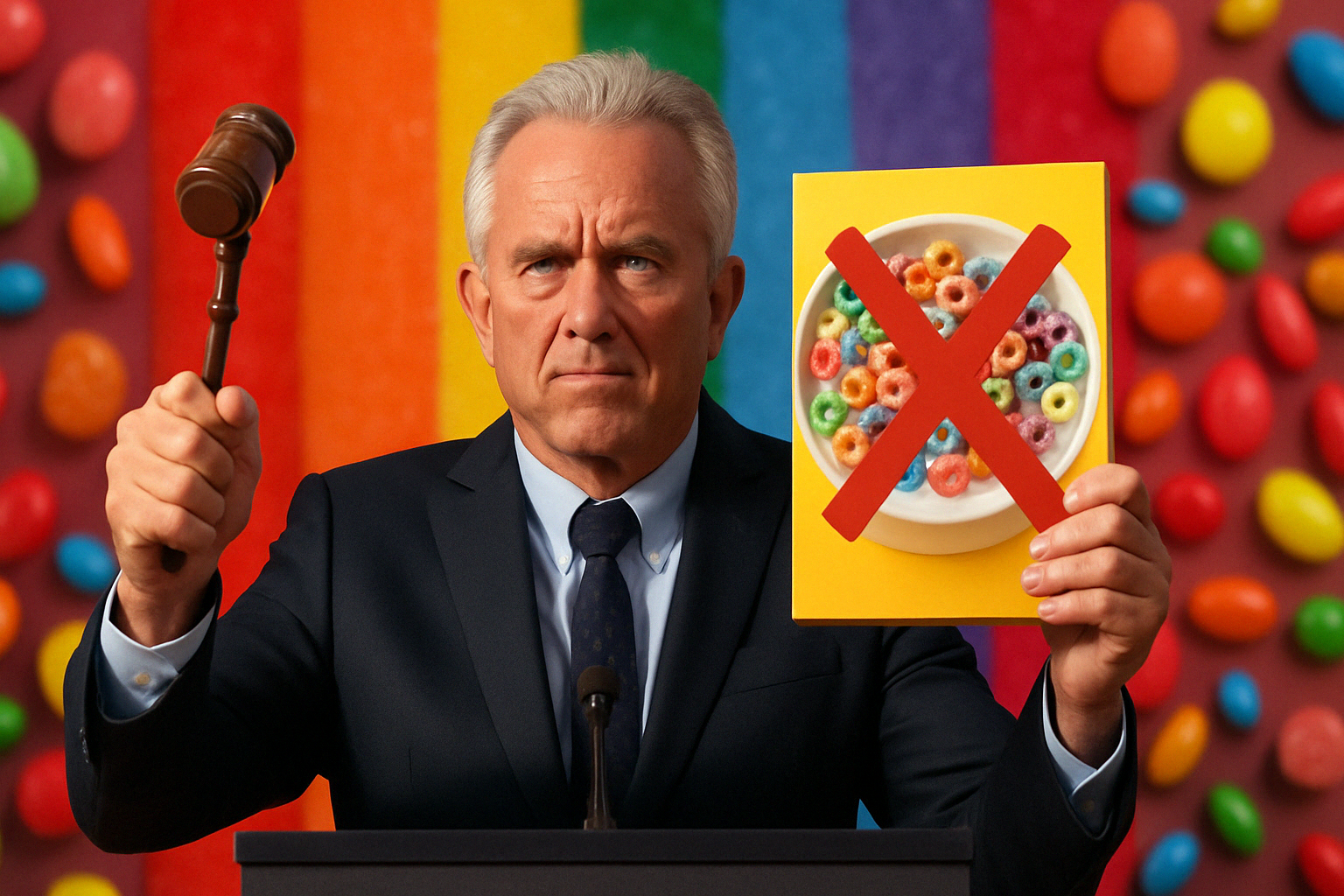What Is Cold-Pressed Juice?
Cold-pressed juice has gained massive popularity in the wellness space, often marketed as a superfood drink packed with vitamins, minerals, and antioxidants. But what exactly makes it different from regular juice? The key difference lies in the extraction process.
Unlike conventional juice, which is extracted using high-speed centrifugal juicers that generate heat, cold-pressed juice is made using a hydraulic press. This method **does not involve heat** or oxidation, preserving more of the natural nutrients and enzymes found in fruits and vegetables.
How Is Cold-Pressed Juice Made?
The cold-press process involves two steps:
Step 1: Grinding – Fruits and vegetables are finely chopped into a pulp.
Step 2: Pressing – The pulp is slowly pressed under high pressure to extract pure juice, leaving behind the fibrous pulp.
This method minimizes oxidation, extending the shelf life of the juice while retaining a higher concentration of nutrients compared to traditional juicing.
Benefits of Cold-Pressed Juice
Cold-pressed juice is often touted as a powerful health booster. Here’s why many people turn to it:
| Benefit | How It Helps |
|---|---|
| Higher Nutrient Retention | Cold pressing preserves more vitamins, enzymes, and antioxidants than heat-based juicing methods. |
| Better Digestion & Absorption | Since the fiber is removed, nutrients are quickly absorbed into the bloodstream without requiring heavy digestion. |
| Rich in Antioxidants | Cold-pressed juice delivers a high concentration of antioxidants that support immune function and reduce inflammation. |
| Hydration Boost | With a high water content, fresh juice keeps you hydrated and supports skin and cellular health. |
| Detoxification | Many people use cold-pressed juices in detox plans to help flush out toxins from the body. |
Cold-Pressed Juice vs. Regular Juice: Is It Really Better?
While cold-pressed juice is often marketed as superior, how does it truly compare to regular juice?
| Factor | Cold-Pressed Juice | Regular Juice (Centrifugal) |
|---|---|---|
| Nutrient Content | Higher – Retains more vitamins and antioxidants | Lower – Heat and oxidation destroy some nutrients |
| Shelf Life | 3-5 days (without pasteurization) | Less than 24 hours |
| Fiber Content | Minimal – Most fiber is removed | Minimal – Some fiber remains |
| Cost | Expensive – Can cost $5-$12 per bottle | More affordable |
While cold-pressed juice does offer more nutrients, it lacks fiber and tends to be expensive. Whole fruits and vegetables provide more fiber and are a more cost-effective alternative.
Potential Downsides of Cold-Pressed Juice
While cold-pressed juice is a great way to boost nutrient intake, there are some potential drawbacks to consider:
✔ High Sugar Content: Since juice removes fiber, natural fruit sugars are absorbed quickly, leading to blood sugar spikes.
✔ No Fiber: Unlike whole fruits and veggies, cold-pressed juice lacks fiber, which is essential for digestion and gut health.
✔ Expensive: Fresh cold-pressed juices often cost significantly more than regular juice.
✔ Short Shelf Life: Without pasteurization, cold-pressed juices expire quickly and require refrigeration.
Should You Drink Cold-Pressed Juice?
Cold-pressed juice can be a great addition to your diet, but it should not replace whole fruits and vegetables. If you’re looking for a quick nutrient boost, occasional cold-pressed juice can be beneficial. However, consuming it daily as a meal replacement can lead to blood sugar imbalances and lack of fiber intake.
Final Thoughts: Is Cold-Pressed Juice Worth It?
Cold-pressed juice offers a fresh, nutrient-packed option for those looking to increase their intake of vitamins and antioxidants. However, it’s important to balance juice consumption with whole foods for fiber and sustained energy. While trendy and beneficial in moderation, it should not replace a well-rounded diet.
Looking for high-quality supplements to complement your health routine? Explore our clean, science-backed products at getbeni.com.



